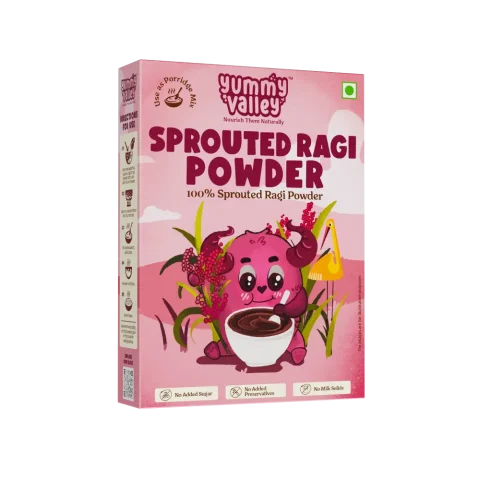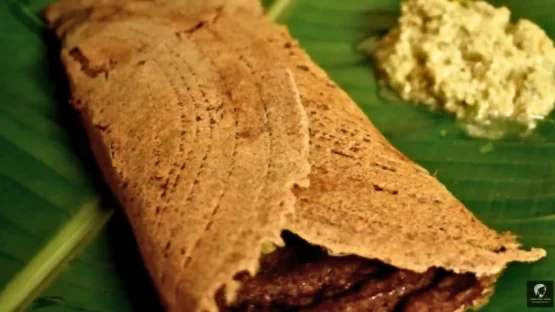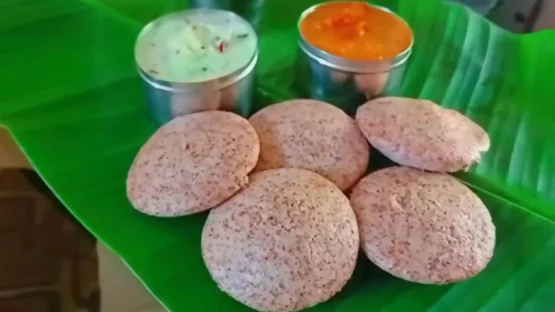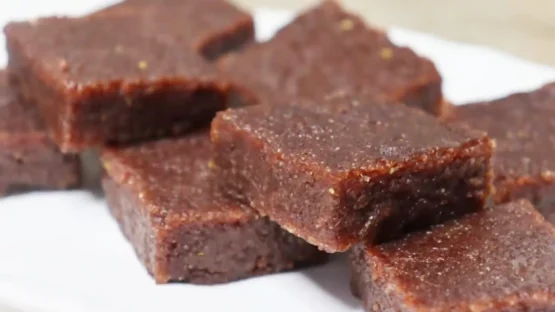10 Amazing Benefits of Ragi for Babies
- Published on:
- Last update: 12 March 2025
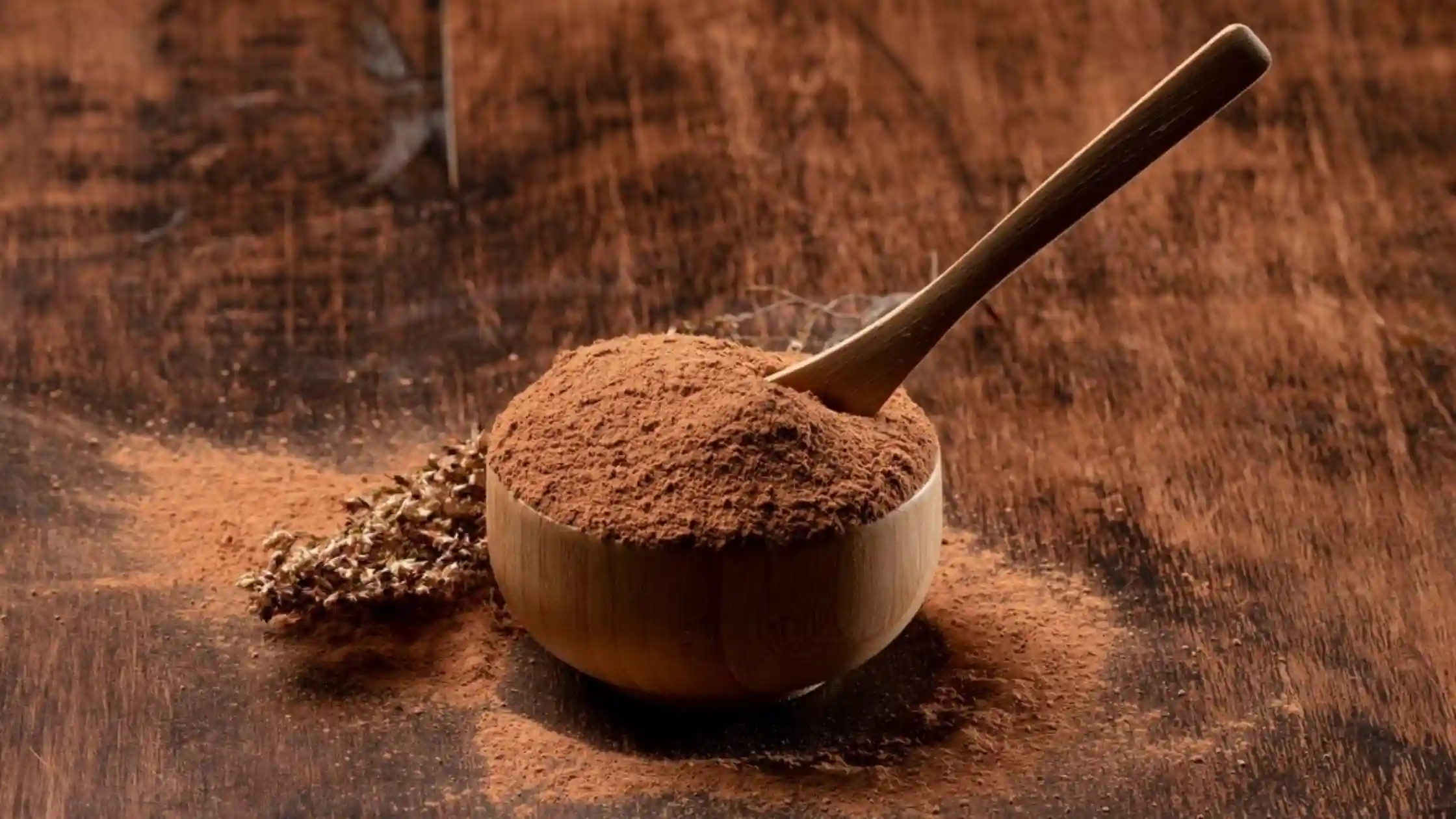
Ragi Benefits for Babies: Ragi also called Finger millet is the most widely consumed grain in parts of South India and several parts of Africa. It contains high dietary fibre and calcium and for this reason makes it considered a super grain for those tried to lose some weight. Moreover, ragi is highly advantageous for individuals with diabetes and is a fundamental component of South Indian baby food, as it supports digestion and promotes bone development in infants due to its significant calcium and iron levels.
What Is Ragi?
Scientifically known as Eleusine coracana, the millet is ragi and it is mostly Asian and African wherein it is grown. It’s a tiny reddish-brown grain with a mild taste that can be flavored sweet or savory. In India, ragi has been a native for quite some time especially in southern states where it was highly appreciated for its nutritional qualities as well as for its multipurpose nature. Ragi has almost similar nutrient content to various grains and hence is an ideal source of calcium, iron, proteins, and fibers in a vegetarian’s diet.
Ragi Nutritional Value (per 100g)
Ragi includes lots of Macro vitamins together with carbohydrates, fibers, fats and protein and plenty of micro nutrient contents consisting of vitamins and mineral. Little or no cholesterol or sodium content makes it a friendly food for the heart and the immune boosting vitamins C & E for skin and hair Among the impressive list of nutrients, it contains all the B-complex vitamins, calcium, magnesium, iron, phosphorus, and thus the preferred choice for a healthy breakfast cereal and for a ‘Super food’.
Nutritional values for 100 grams of ragi flour are as follows:
| Nutrient | Amount |
|---|---|
| Energy | 328 Kcal |
| Protein | 7.30 gm. |
| Carbohydrates | 72 gm. |
| Fat | 1.30 gm. |
| Dietary fibre | 11.50 gm. |
| Iron | 3.9 mg. |
| Sodium | 11 mg. |
| Calcium | 344 mg. |
| Potassium | 408 mg. |
| Carotene | 42 μg. |
Ragi is an Indian staple meals that is rich in fibre and may be used as an alternative to different cereal and grain crops. It is a wealthy supply of critical amino acids which might be hardly located in vegetation; therefore, it’s useful for vegetarians and vegans.
Health Benefits Of Ragi For Babies
Ragi, also known as finger millet, is one of the most nutritious grains for babies. Packed with essential vitamins and minerals, it is an excellent first food for infants. Ragi is gluten-free, easy to digest, and helps in overall growth and development.
Here’s a detailed look at the many health benefits of ragi for babies:
1. Excellent Bone and Teeth Strength due to Very High Calcium:
Iron-fortified. Good for boosting iron levels and preventing anemia; the absorption of non-heme iron depends on the enhancer. It is fermented with yeast and lactic acid bacteria. It decreases the absorption of non-heme iron, the absorption of which is ligated by phytates. It enhances the bioavailability of essential minerals and vitamins.
2. Excellent for Boosting Iron Levels and Preventing Anemia
Iron deficiency is a common problem among infants and toddlers, often resulting in fatigue, loss of appetite, and developmental delays. The high iron content in ragi helps address these problems by supporting better red blood cell production in the body and overall improved energy levels. Also, it contains vitamin C, which helps in the absorption of iron. Therefore, it is an ideal food to eliminate anemia among little ones.
3. Aids in Digestion and Prevents Constipation
Ragi is high in dietary fiber, which improves digestion and helps cure constipation. Ragi eliminates any digestion-related issues and is one of the highly recommended foods at this stage as the digestive system of a baby is still in a developing state. Ragi is also rich in fiber, which helps to regulate bowel movements and maintain gut health.
4. Boosts Immunity and Fights Infections
Similarly, ragi also has natural antioxidants, vitamins, and essential amino acids in them that helps in boosting the baby’s immune system. It also enhances babies resistance to infections, colds and other ailments by fortifying their immunity.
5. Gluten-Free – Ideal for Babies with Allergies
Unlike wheat and other grains, ragi is naturally gluten-free, making it a great option for babies who may have gluten sensitivity or celiac disease. It is a safe and nutritious choice for babies who are just starting on solids.
6. Promotes Healthy Weight Gain
For babies who are underweight, ragi is an excellent food to help with healthy weight gain. It is packed with complex carbohydrates, which provide sustained energy without unhealthy fats. Regular consumption of ragi helps babies gain weight naturally without the risk of obesity.
7. Energy-Boosting Superfood
Ragi is loaded with complex carbohydrates, which generate energy that lasts longer in the system. This is vital for active babies as it helps to sustain energy levels throughout the day, providing constant supplies without big spikes in blood sugar.
8. Aids in Brain Development
Ragi is rich in all eight essential amino acids, iron and B-complex vitamins all of which are crucial for brain development. It’s very beneficial for memory growth, cognitive enhancement, and true brain development which makes it an excellent brain-boosting food for babies.
9. Good for Heart Health
Phytochemicals and antioxidants present in ragi reduce bad cholesterol levels. It promotes heart function and supports blood circulation in children.
10. Helps in Managing Diabetes Risk
The glycemic index of Ragi is low, so it releases sugar into the blood gradually which helps in preventing sudden rise in blood sugar levels. This makes it an excellent time frame to instill healthy eating habits that help decrease the chances of diabetes in the future.
Also Read: 15 Benefits Of Ragi Flour You Should Know
How to Include Ragi in a Baby’s Diet?
Ragi can be introduced into a baby’s diet in various delicious and easy-to-digest forms;
- Ragi Porridge – A simple and nutritious first food for babies.
- Ragi Malt – A refreshing and energy-boosting drink.
- Ragi Pancakes – A soft and healthy breakfast option.
- Ragi Idli/Dosa – Fermented foods that improve digestion.
- Ragi Cookies – A great snack option for toddlers.
Best Ragi Powder For Babies
Looking for a quick and healthy option? Try our instant porridge for babies.
Enhance your baby’s diet with our sprouted ragi powder.
Best Time to Give Ragi For Babies
Ragi is a highly nutritious grain and an excellent first food for babies. However, knowing the best time to introduce and serve ragi is essential to ensure proper digestion and maximum health benefits.
When to Start Giving Ragi to Babies?
- Once your baby starts solids which is usually at 6 months, you can begin introducing ragi to your baby.
- Home-made food for babies should start with a small amount, like ragi porridge and should be gradually increased according to baby’s acceptance and digestion.
- The 3-day rule applies and always check for allergies and tummy upsets before introducing it regularly.
Best Time of the Day to Give Ragi
- Morning (Best Option): Provides energy and aids digestion. Ideal for breakfast or mid-morning.
- Afternoon (Good Option): Can be given for lunch in moderate amounts.
- Night (Not Recommended): May cause bloating as it takes time to digest.
How Often Can You Give Ragi to Babies?
- Start with 2-3 times a week and observe your baby’s digestion.
- Once the baby gets used to ragi, you can give it every alternate day.
- Avoid excessive consumption to prevent digestion issues like bloating or gas.
Things to Keep in Mind While Giving Ragi to Babies
- Introduce ragi slowly – First try finely sieved porridge and only then try different ragi recipes.
- Choose sprouted ragi – Sprouted ragi is more easily digestible and contains more nutrients.
- Observe for allergies – In rare cases, some babies can develop ragi intolerance.
- Stay hydrated – Since ragi is rich in fiber, make sure the baby drinks sufficient fluids.
Enhance your baby’s diet with our sprouted ragi powder.
Ragi Recipes for Babies
If you are new to ragi, you may find it difficult when you taste it for the first time. If you learn to like its taste, you’ll stay healthy as you age.
1. Ragi Onion Masala Dosa
Adding ragi flour to your masala dosa batter will make it healthier. Make your breakfast nutritious by serving it with potato curry.
Ingredients
- 1 cup ragi flour
- ¼ cup rice flour
- ¼ cup yogurt
- 1 chopped onion
- 1 chopped green chilli
- 1 tablespoon coriander leaves
- Cooking oil
- ½ cup water
- Salt
Instructions
- Combine ragi flour, rice flour, chillies, yoghurt, and half cup of water. Rest it for 30 minutes.
- To the batter, add chopped onions and coriander leaves.
- Heat oil in a small pan, upload mustard seeds, cumin seeds, and curry leaves. Mix into the dosa batter.
- Pour batter into a pan, cook until light brown, flip, and cook for 30 seconds more. Serve hot.
2. Ragi Idli
To ensure soft and fluffy ragi idlis, make sure to carefully follow the instructions.
Ingredients
- 1 cup idli rice
- ½ cup urad dal
- ¼ cup thick poha
- 1.4 teaspoons methi seeds
- 1 cup ragi flour
- ⅓ cup water
- 1 teaspoon rock salt
Instructions
- Let the urad dal soak for 3-4 hours. Let the idli rava soak for one hour.
- Using water, grind urad dal until smooth. Combine with soaked idli rava and ragi flour.
- The batter should be fermented for 8-10 hours. Then add salt and baking soda.
- In idli molds, steam the batter. You can serve it hot with chutney.
3. Ragi Halwa
Enjoy ragi halwa as a healthy, sweet treat. Here’s how you make it.
Ingredients
- 2 cups ragi flour
- 2 cups jaggery or coconut sugar
- 1 cup coconut oil or ghee
- ½ cup cashews
- 6 cardamom pods, powdered
- 4 cups water
Instructions
- Cook cashews in ghee/oil until golden brown. Keep aside.
- Make a paste by mixing ragi flour with water.
- Using a deep vessel, cook ragi paste over medium flame, constantly stirring.
- Mix jaggery/coconut sugar with cardamom powder. Stir in ghee/oil until the mixture thickens.
- Add cashews and cook until ghee/oil separates. Drain remaining ghee/oil on high heat and garnish the dish before serving it sizzling hot.
That is why you can now take these more healthier, tasty, and nutritious ragi meals to provide you a good and well – balanced meal!
Disadvantages of Ragi for Babies
Ragi, or finger millet, is often the first solid food for babies. It’s a favorite because it’s chock-full of good nutrients like calcium, iron, and fibre. But remember, ragi has some drawbacks for the tiny ones too:
1. Digestive Challenges
Ragi, rich in fibre, may strain a baby’s gentle stomach. It can cause bloating, gas, or even diarrhoea. This is more common for babies eating solid foods for the first time.
2. Constipation Risk
Fibre is usually helpful for digestion, but its excess isn’t. Overeating ragi might sometimes cause constipation in babies, particularly if they aren’t getting enough water.
3. Allergy Concerns
Occasionally, certain babies might show signs of ragi allergies. Keep an eye out for symptoms like skin redness, scratchy feelings, puffiness, throwing up, or tummy troubles. Staying vigilant when trying out new foods is always important.
4. Reduced Nutrient Absorption
Ragi contains naturally occurring compounds called phytates, which can interfere with the absorption of certain minerals like iron and calcium. Although cooking, soaking, or fermenting ragi can reduce these levels, it’s something parents should keep in mind.
5. Timing Matters
Introducing ragi too early—before the recommended age of six months—can overwhelm a baby’s still-developing digestive system, potentially leading to intolerance or other issues.
6. Taste and Texture
Some babies may find the taste or texture of ragi unappealing, making it challenging for parents to incorporate it into their daily meals. Experimenting with recipes can help, but persistence is key.
FAQs on Ragi Benefits and Side Effects for Babies
What happens if we eat ragi daily?
Ragi does not have any side effects and is actually helpful when included in the food that one takes. This is a whole grain with lots of fibre, calcium, iron that enhances the health of digestion and the whole body. However, too much of it is not recommended especially for people who have issues with kidney stones due to the content of oxalic acid.
Is ragi better than rice?
Individual dietary needs and preferences determine whether ragi or rice is the better choice, as ragi provides superior nutrition with its higher fiber, calcium, and iron content, while rice serves a different purpose in certain diets.
Can we give ragi daily to a baby?
Yes, introducing ragi gradually and in appropriate quantities as part of a well-balanced diet for babies starting from around six months of age can provide essential nutrients like calcium and iron, supporting bone and overall growth.
Share this post:


